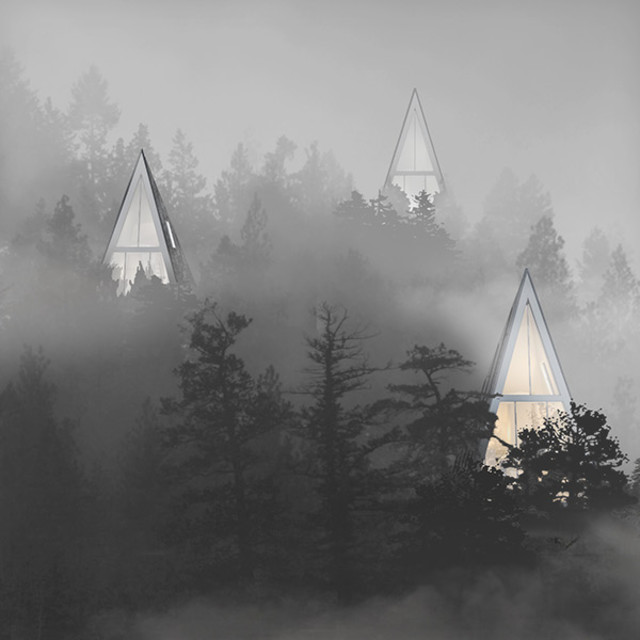
[ U 3,1 ] Within the architectural profession, I distinguish between the form givers, with the orchids they often produce, and the forest architects. Given the number of people in need of shelter, we require the equivalent of the forest, that is, cities coherently designed. In the urban forest, orchids are welcomed as orchids might be welcomed in the organic forest.
The architect who is mainly dedicated to creating beautiful orchids for an elite minority and public structures like airports, corporate buildings, libraries, museums, etc., is less engaged in producing the forests (cities) that seven billion people need. I am engaged in the forest feasibility not through reforming existing malfeasances but through the total reformulation of habitat itself.
The habitat imperative of our time designates the urban forest as primary. As much as we may love architectural orchids—and architects beg and pray for the chance to author at least one in their career—orchids do not have an autonomous, rich life. They border on parasitism. The urban forest is where the urban effect flourishes.
For the body-brain of Homo sapiens, the city is the urban forest. Cities have for millennia authored civilizations. To forget this might be our undoing. When seven billion people need shelter, orchids will not do; billions of mediocre orchids would become the killing field of man’s spirit.”
( Paolo Soleri, Conversations with Paolo Soleri – https://organism.earth/library/document/conversations-with-paolo-soleri)